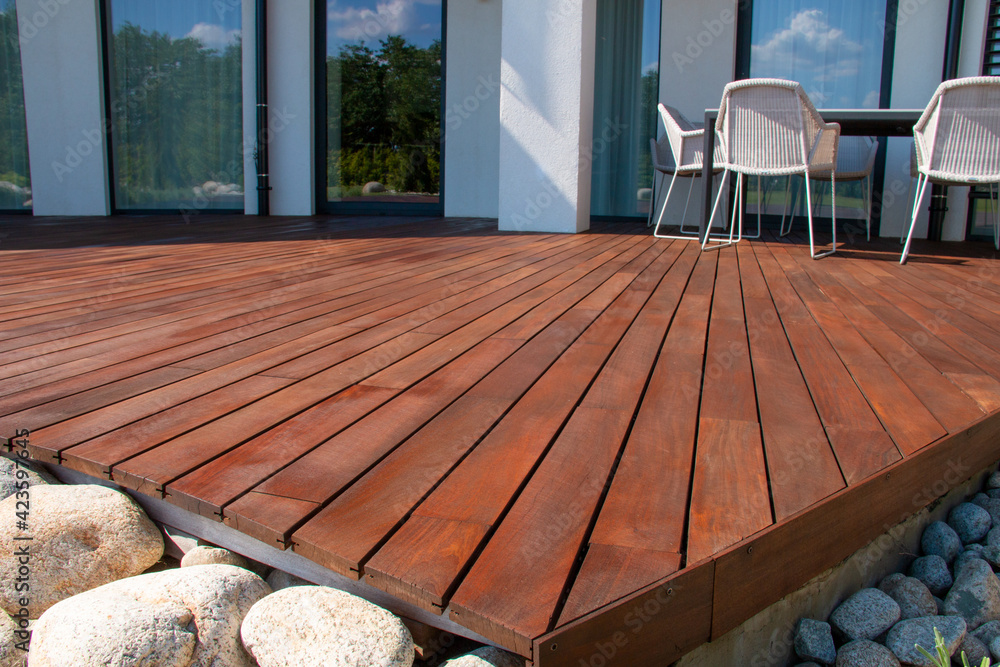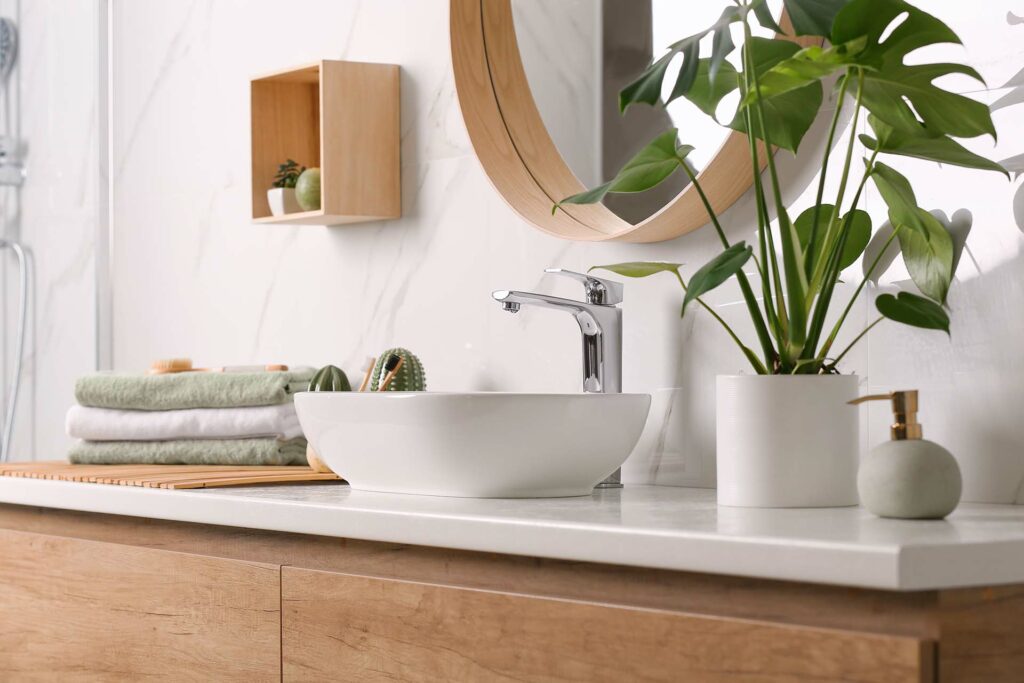Why drag yourself out of the house when you could pop down to the basement and get your workout in? If you’re looking to join the 61% of people who workout at home, or you’re just looking to get your gym equipment out of the spare bedroom, designing a basement gym might be perfect for you. But before you start picking out equipment and flooring, here are some design tips to help you create a basement gym that you’ll love.
1. Assess Your Space
Every great gym design starts with a thorough assessment of the available space. Basements can vary significantly in size, ceiling height, and accessibility, which will influence your gym layout and equipment choices. Begin by:
- Measuring the dimensions: Knowing the exact size helps in planning and ensures that the equipment fits comfortably.
- Considering ceiling height and obstructions: Low ceilings or exposed ductwork may require low-profile equipment or adjustments in layout design.
- Evaluating lighting and ventilation: Proper airflow and lighting are crucial for a comfortable workout environment. Assess natural light sources, or plan for adequate artificial lighting and ventilation systems.
2. Decide on Your Fitness Goals
Whether you’re into yoga, weightlifting, cardio, or a mix of activities, your workout space should reflect these preferences. Think about:
- Workout zones: Allocate specific areas for different types of exercise—a corner for cardio machines, an open space for stretching, or a dedicated area for weightlifting.
- Storage: Consider storage solutions for equipment and accessories to keep the space organized and clutter-free.
3. Invest in Quality Flooring and Lighting
Good flooring and lighting are essential for a safe and comfortable workout experience. When designing your basement gym:
- Choose durable and shock-absorbent flooring: Invest in quality materials that can withstand heavy equipment, weight drops, and intense workouts.
- Consider rubber or foam tiles: These provide cushioning for high impact exercises and lessen the noise level.
- Install proper lighting: Adequate lighting will not only brighten up the space but also prevent accidents and provide a motivating atmosphere.
4. Choose Functional and Space-Saving Equipment
Basement gyms often have limited space, which makes it crucial to choose equipment that is functional and space-saving. Some options include:
- Foldable or collapsible equipment: These can be easily stored when not in use, such as weight benches or cardio machines.
- Multipurpose equipment: Consider investing in a few pieces of versatile equipment, like adjustable dumbbells or resistance bands, that can target multiple muscle groups.
5. Work with a Reputable Construction Company
Creating a basement gym can involve significant renovations, especially if the area is unfinished or not suitable for a workout space. Therefore, it’s essential to work with a reputable construction company that specializes in basement remodeling. They can help with:
- Structural changes: If you need to add walls, install flooring, or change the ceiling height, professionals can ensure these modifications are done safely and according to building codes.
- Electrical and plumbing: For equipment that requires electricity or water, a professional can ensure proper installation and safety measures are in place.
- Insulation and ventilation: Professionals can help improve insulation and ventilation in the basement to create a more comfortable workout space.
Other Considerations
While the design tips mentioned above are crucial in creating a basement gym you’ll love, there are a few other factors to keep in mind:
- Safety first: Make sure to have proper flooring and adequate space around equipment for safe workouts.
- Climate control: Basements tend to be cooler and more humid than other areas of the house, so consider investing in a dehumidifier and air conditioning for a comfortable workout environment.
- Budget: Gym equipment can be expensive, so make sure to set a budget and prioritize essential items first. Consider buying used or refurbished equipment to save money.
- Maintenance: Just like any other room in your house, a basement gym requires regular cleaning and maintenance to keep it in top shape.
With these design tips in mind, you can create a basement gym that not only meets your fitness needs but also inspires and motivates you to reach your goals. Don’t just work out in your basement—workout in a gym that you love.
Ready to transform your basement into your dream home gym? Paragon Partners, leaders in basement remodeling and project management, are here to bring your vision to life. With a team of experienced professionals dedicated to quality craftsmanship and customer satisfaction, we’ll ensure your basement gym project is completed to the highest standards.
Reach out today for a free estimate and to see if Paragon Partners is the right fit for your basement remodel!


